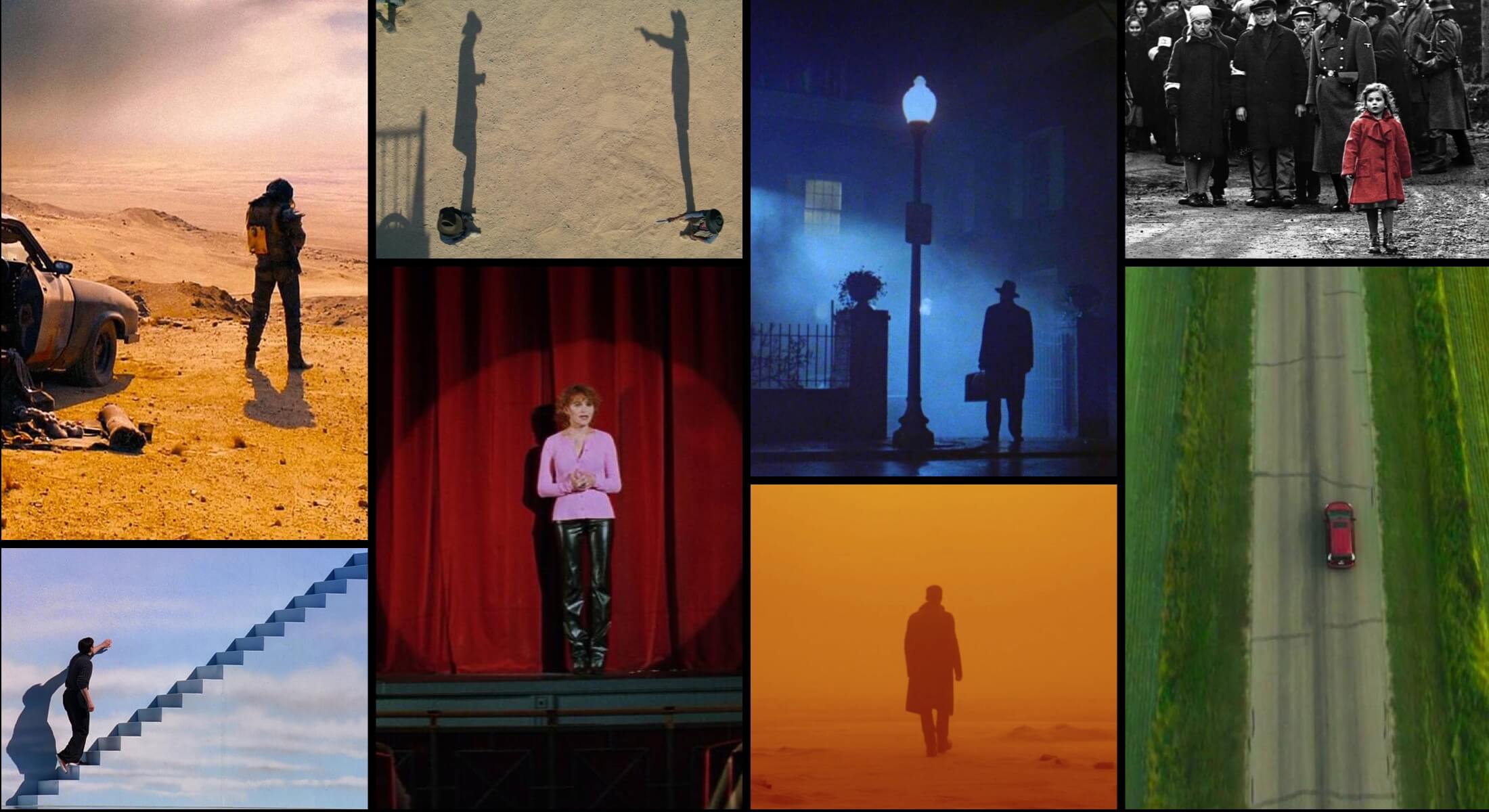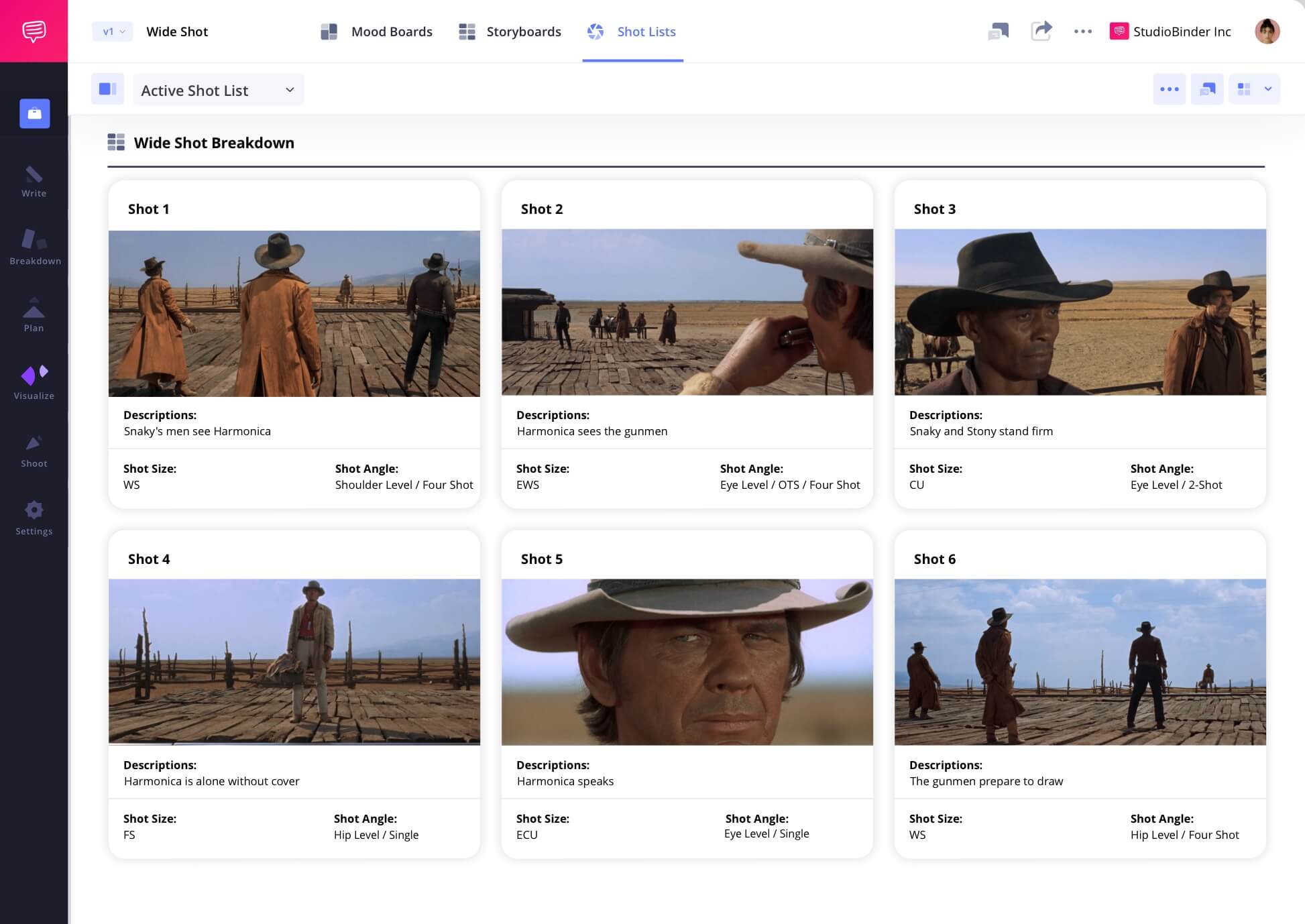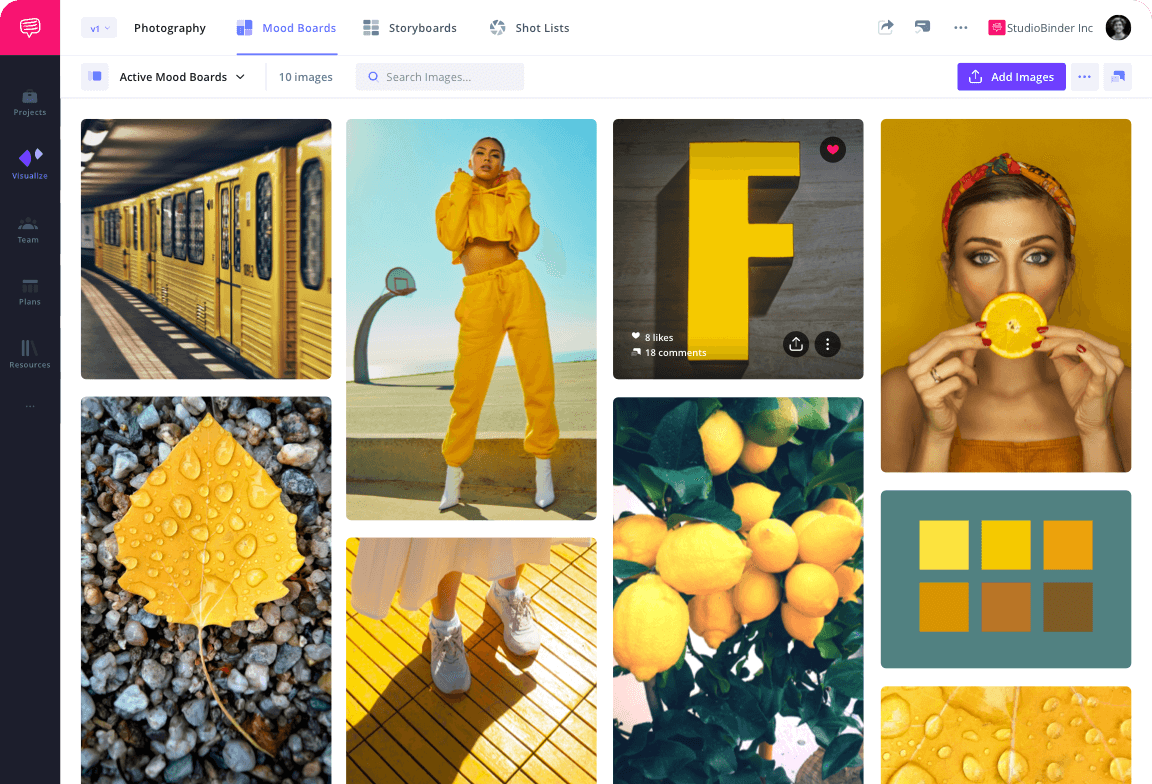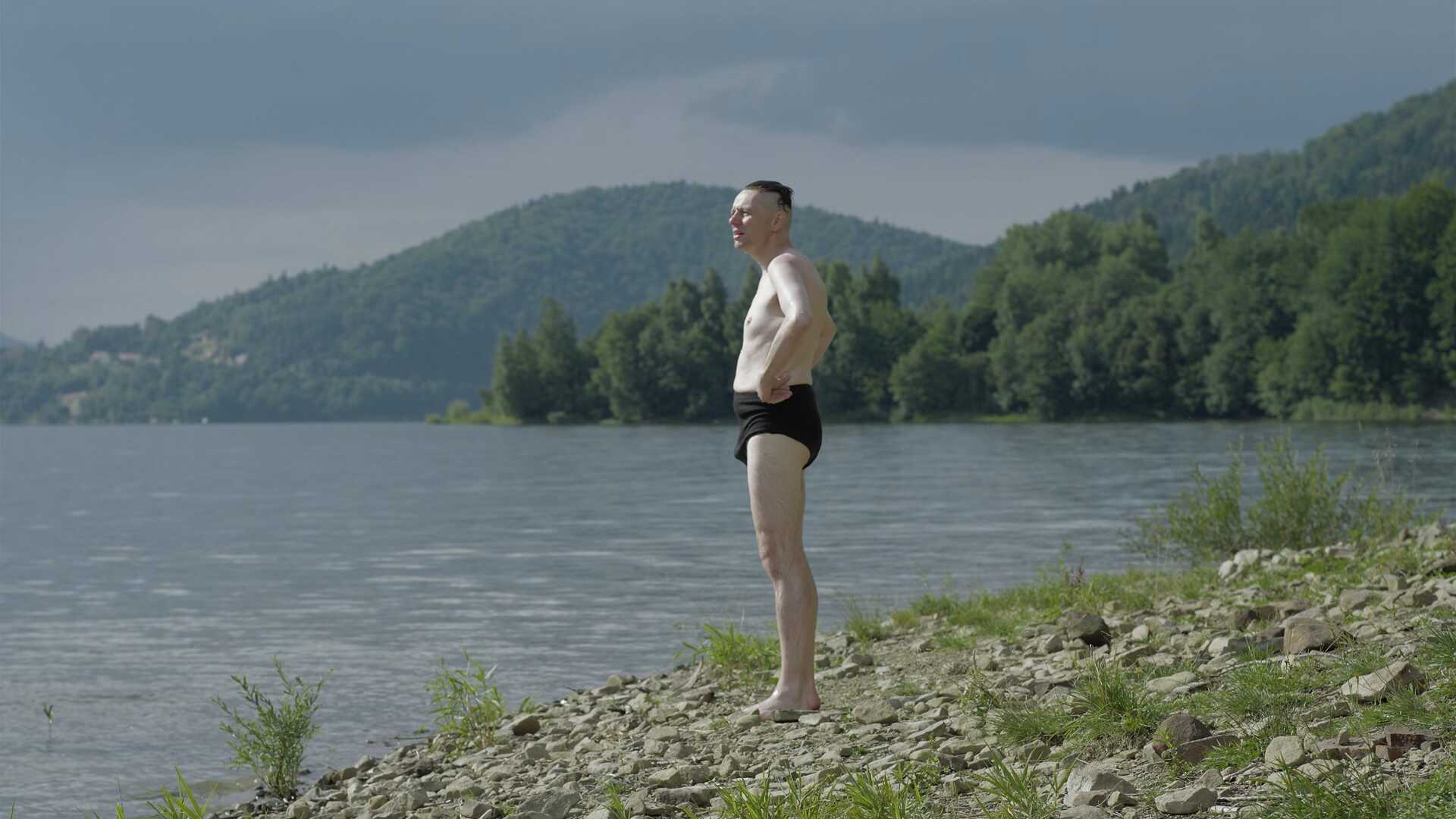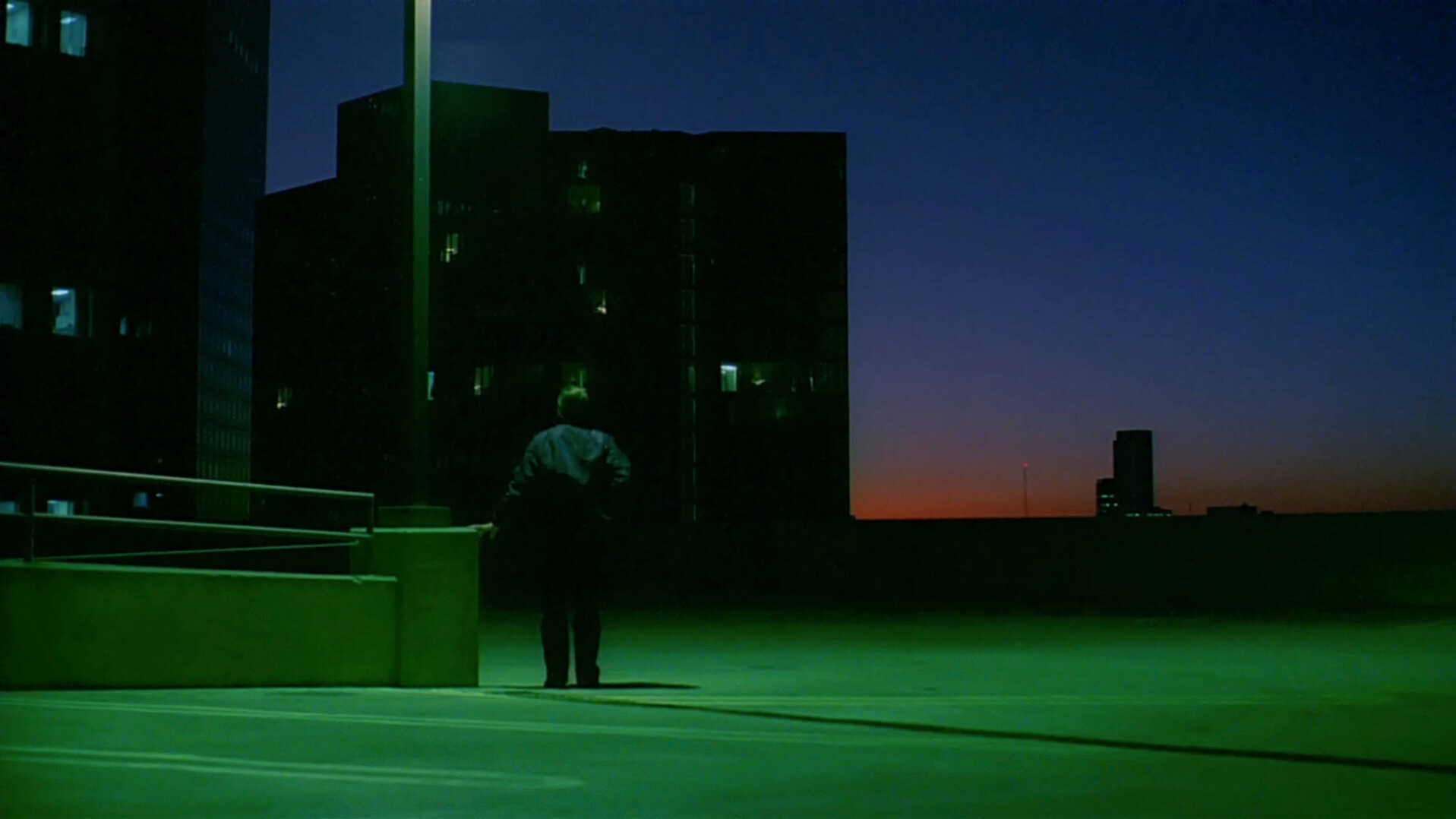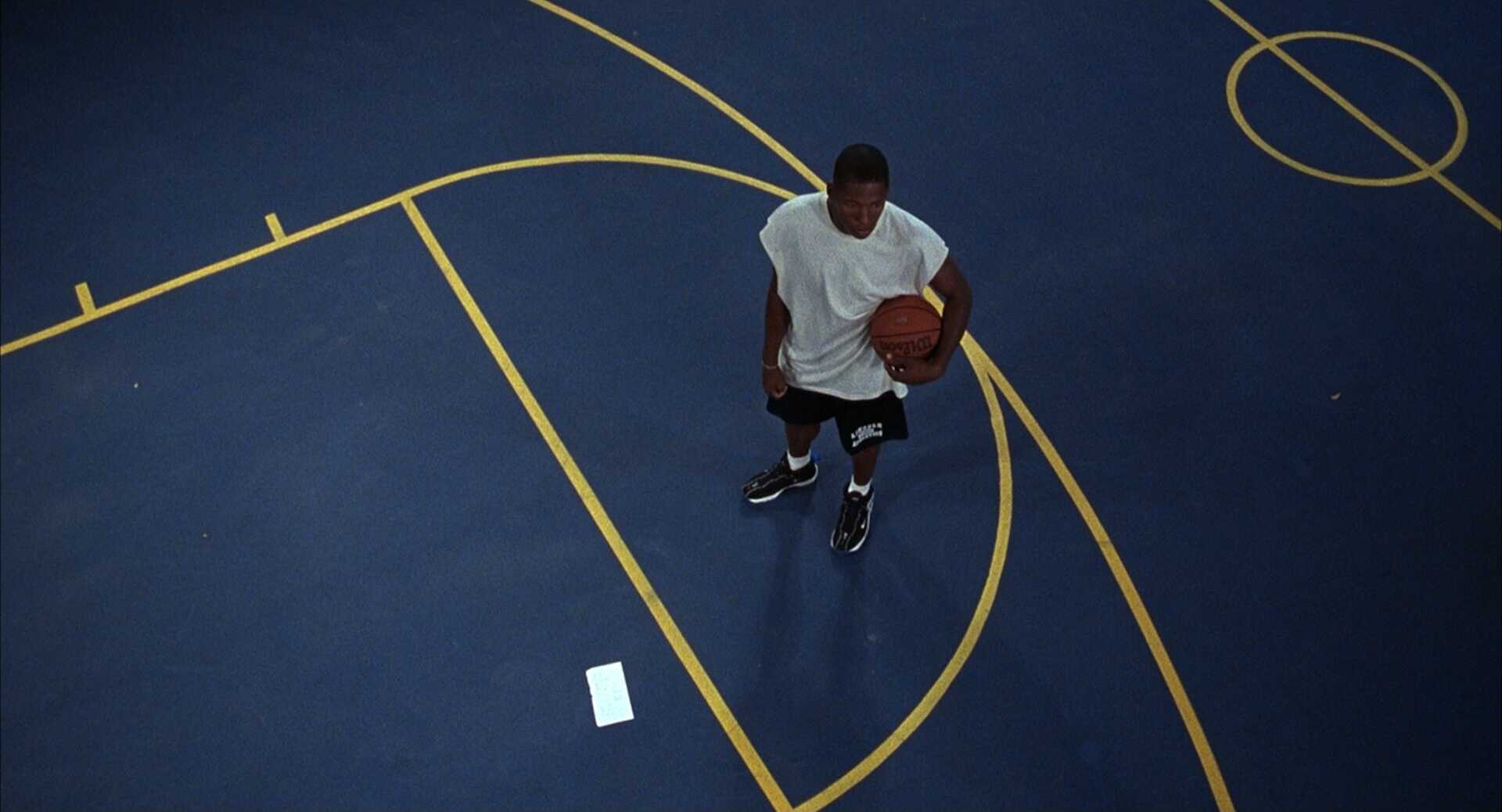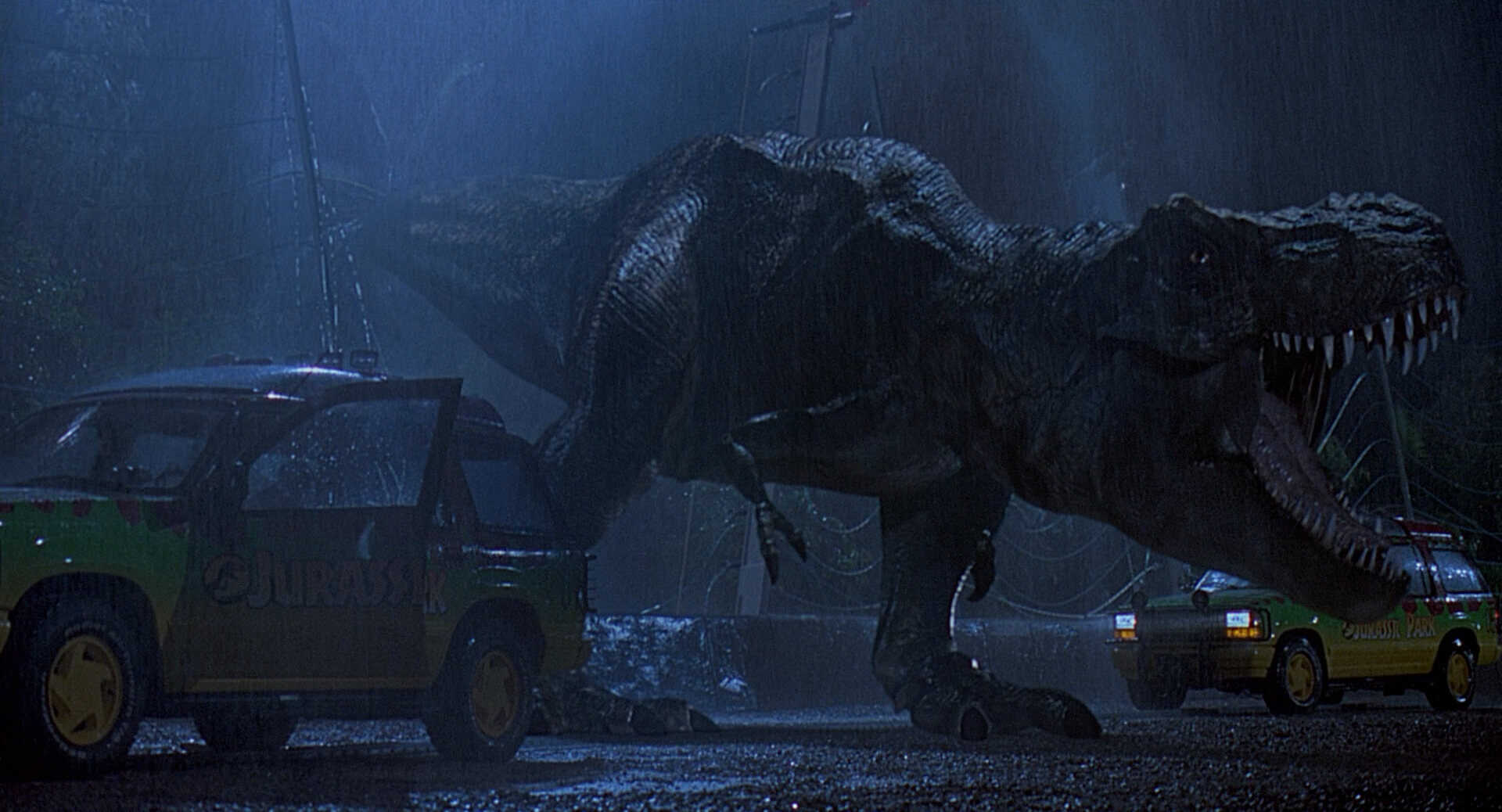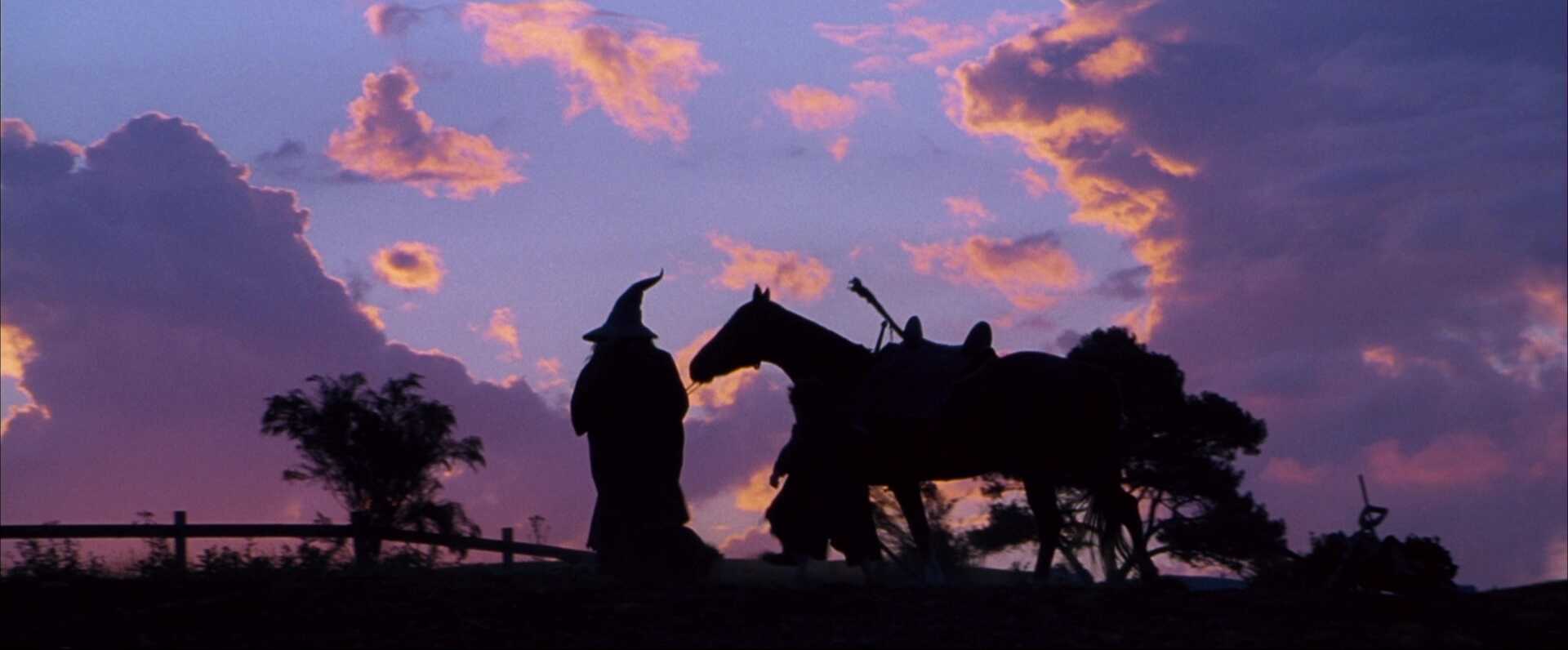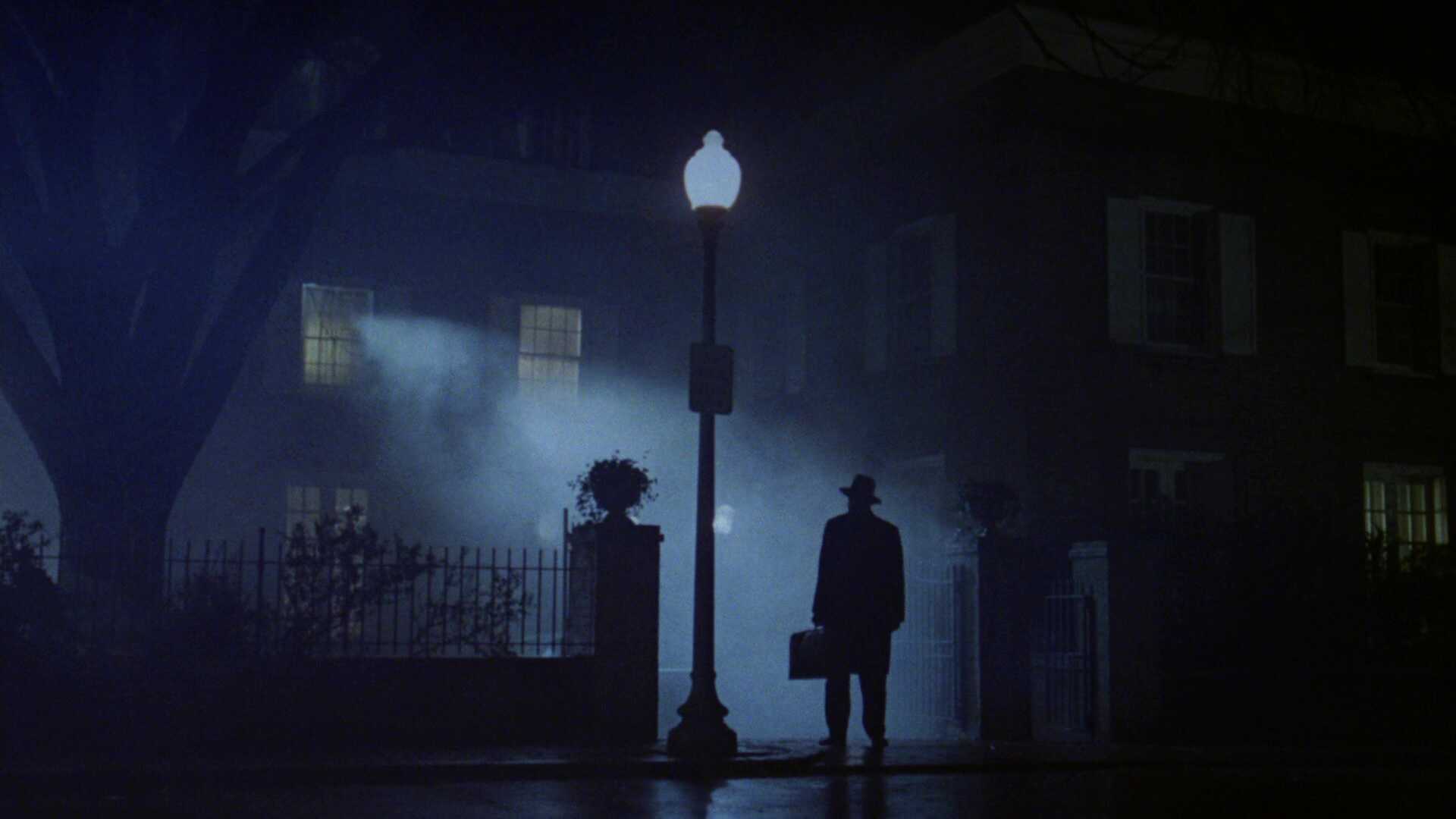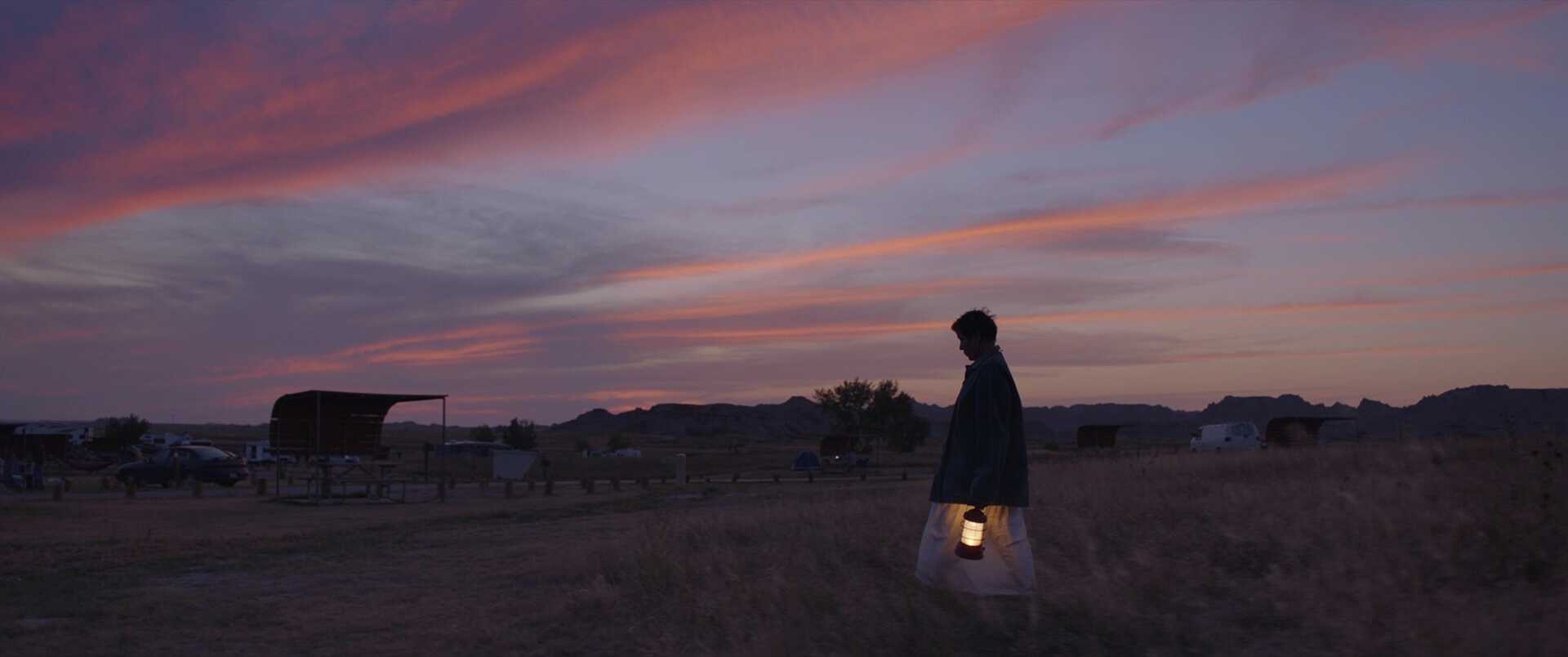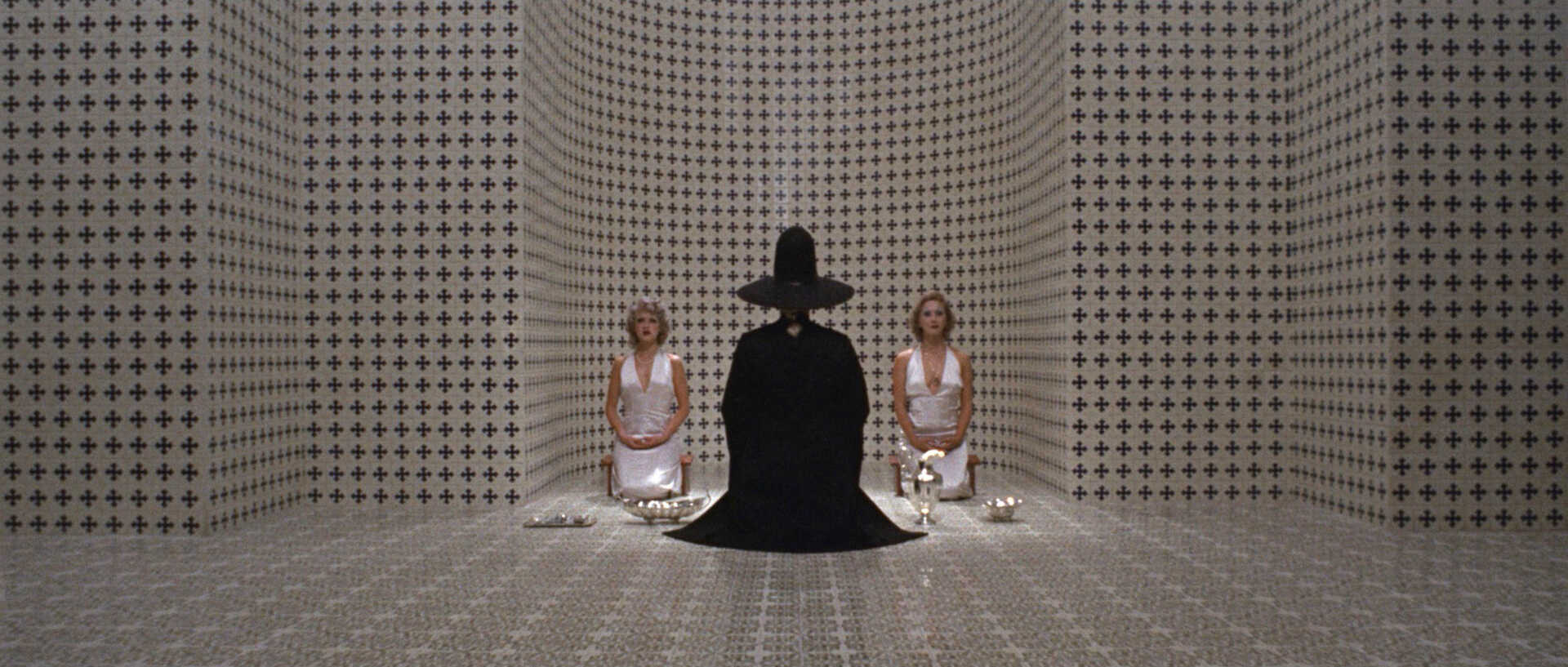Wide Shot Definition
What is a wide shot (aka long shot)?
A wide shot (also known as a long shot) is when the subject's entire body is captured in the shot, with a good deal of background visible around them on all sides. It is one of the most common shot sizes, particularly useful in moments when a comparison or a relationship is desired between the character and their surroundings.
For more, read our full breakdown of the wide shot, including examples that illustrate the various functions and their purpose.
Before we dive in the wide shot and everything it can do, let's start with some examples to familiarize ourselves with this type of camera shot. Explore this gallery of wide shots to see everything they can do in terms of visual storytelling.
Meanings & Purpose
Wide shot examples
There are many different wide shot examples that each tell a unique story. It is an extremely versatile shot size and is, therefore, a valuable tool in any filmmaker's arsenal. Before we dive into some specific wide shot examples and functions, here are just a few of the most common applications and connotations.
Relationship between character and surroundings
Makes a character seem isolated
Diminishes the character
Focuses on movement
Usages
What does a wide shot convey?
The wide shot is a multifaceted tool for any visual project, including but not limited to film, photography, music videos, documentaries, commercials, and more. There is a general built-in language being used any time we see a wide shot. Overall, the long shot places the subject in a "less-powerful" position, but that doesn't always mean a negative thing. Here are just some wide shot examples and the effects that they create.
Environment
Picture a character standing in a lush vista of snow-capped mountains. We take the scenery in through the character's eyes.
Scale and Comparison
If a character is overwhelmed or outmatched by a situation or obstacle, showing the character surrounded by it in the shot accomplishes this visually.
Loneliness
With all of that empty space around the character, we are lead to feel a bit of loneliness and isolation. They feel small because they are shown small.
Mystery
When kept at a distance, a lot of mystery and intrigue is generated because we have so little visual information a lack of their emotional state.
Qualities
Long shot vs wide shot
Both the long shot and the wide shot capture the full subject, from head to toe, with plenty of empty space around them. So, in that way, there is a lot of overlap in the two terms. However, there is a slight difference between that comes down to the focus of the shot.
In some cases, the character(s) is clearly the focus of the shot. This is a long shot. Perhaps the background is more neutral or the framing prioritizes the character. Either way, if we are more focused on the character in that moment, it's a long shot.
In other cases, the background holds a lot more visual or thematic interest for the viewer. This is a wide shot. There character still matters but they aren't the primary focal point. Of course, this differentiation steps quite a bit into subjectivity, but that's where interesting debate occurs.
Full shot vs wide shot
There is a similar distinction between a full shot vs wide shot but the difference is more obvious. With a full shot, we see the character from head to toe, but there is much less background above and below them. Naturally, with a widescreen image, there would be background to the left and right of them.
With a wide shot, we see a lot more background on all sides, and the background itself is more of the focus. With a full shot, we are clearly focused on the character.

Case Study
Shot listing a wide shot
To get a more filmmaker's understanding of how to use a wide shot, let's look at a specific WS example. In the scene below, a classic in the Western genre, Harmonica faces off against some gunmen and the showdown utilizes many wide shots.
Click the shot list below, to see the full scene broken down, and ask yourself how each wide shot helps build the tension.
There is obviously more than one way to use a wide shot. In fact, there are many.
Let's dive into the creative applications of both wide shots and long shots when paired with other directing choices.
Unique Pairings
What is the effect of a wide shot when paired with another camera technique?
How to combine the wide shot
As you know, there are many camera techniques, each with their own unique properties and effects. In isolation, they work just fine. But in combination, these camera techniques can take on more nuanced and effective qualities. Let's see what happens when you combine the wide shot with the following camera techniques.
- Pedestal Up: The camera moves up to reveal the character surrounded by their environment may be more effective than a simple cut in.
- Dutch Angle: With the addition of a Dutch angle, a wide shot can feel more destabilized, like the world is imbalanced.
- Dolly Zoom: A really effective way to visually represent the world stretching out or collapsing behind the subject.
- Overhead: Otherwise known as a "god's-eye-view," we tend to think of this perspective as that of a higher power.
- Tilt: A similar combo as the pedestal shot, by slowing revealing the character and environment, especially for a first time introduction.
- Tracking: From a distance, tracking with a character as they move can suggest surveillance or being followed.
- Low Angle: This combination puts a high emphasis on the background and how it might be overwhelming (positively or negatively) the subject.
- High Angle: This elevated perspective can accentuate the isolating and vulnerable qualities of the wide shot.
Frequently asked questions about the wide shot
A wide shot in film captures the entire body of the subject with a significant amount of background surrounding them.
Although they are quite similar, a wide shot is more focused on the background and a long shot is focused on the character. This difference though is often subjective from shot to shot.
A wide shot can also be called a long shot (see difference above) or it can be annotated in a shot list as WS (wide shot).
There are a few answer to this question.
- When you want to visually focus on the relationship between a character and their environment.
- When you want to have the audience experience the environment or situation through the character's eyes.
- When you want to suggest a feeling of isolation and/or loneliness by including empty space around them.
